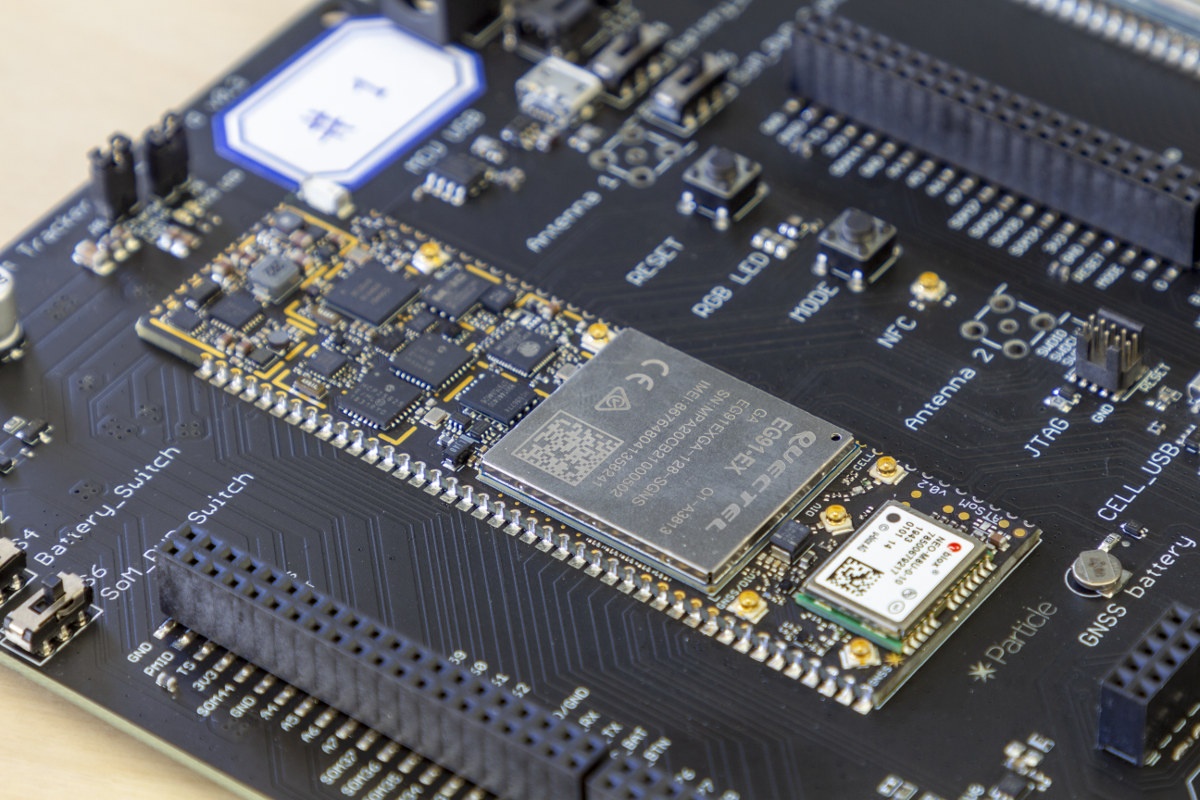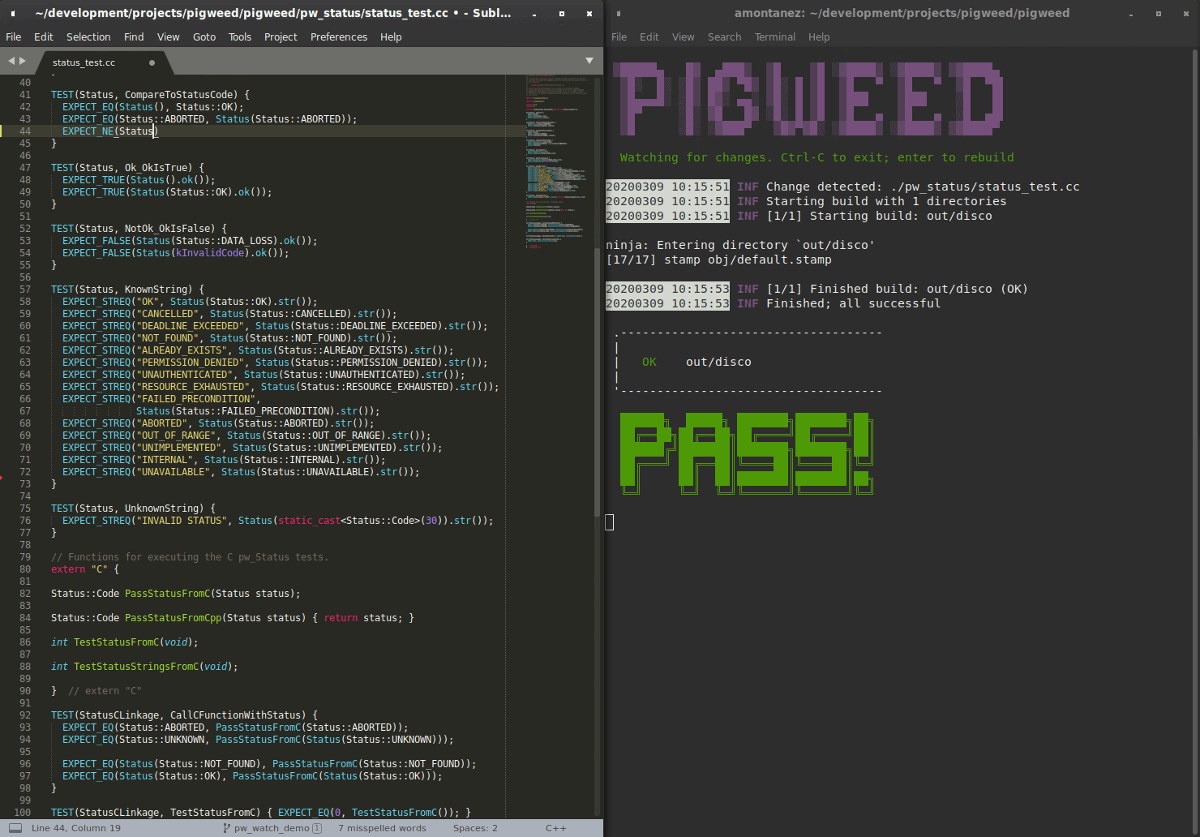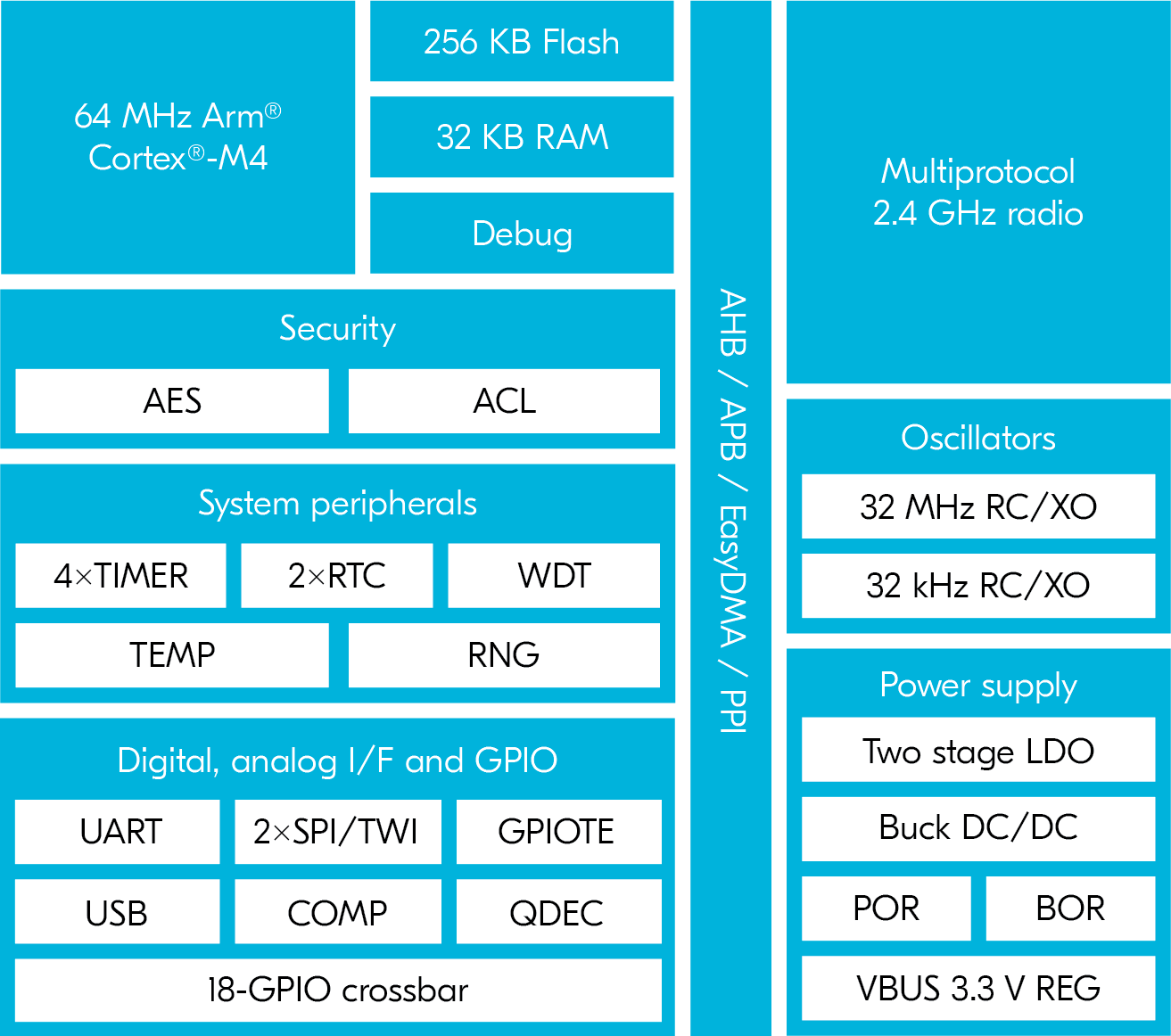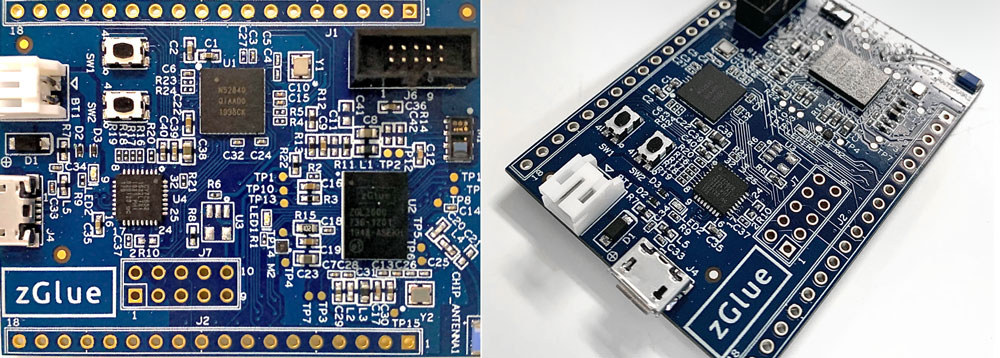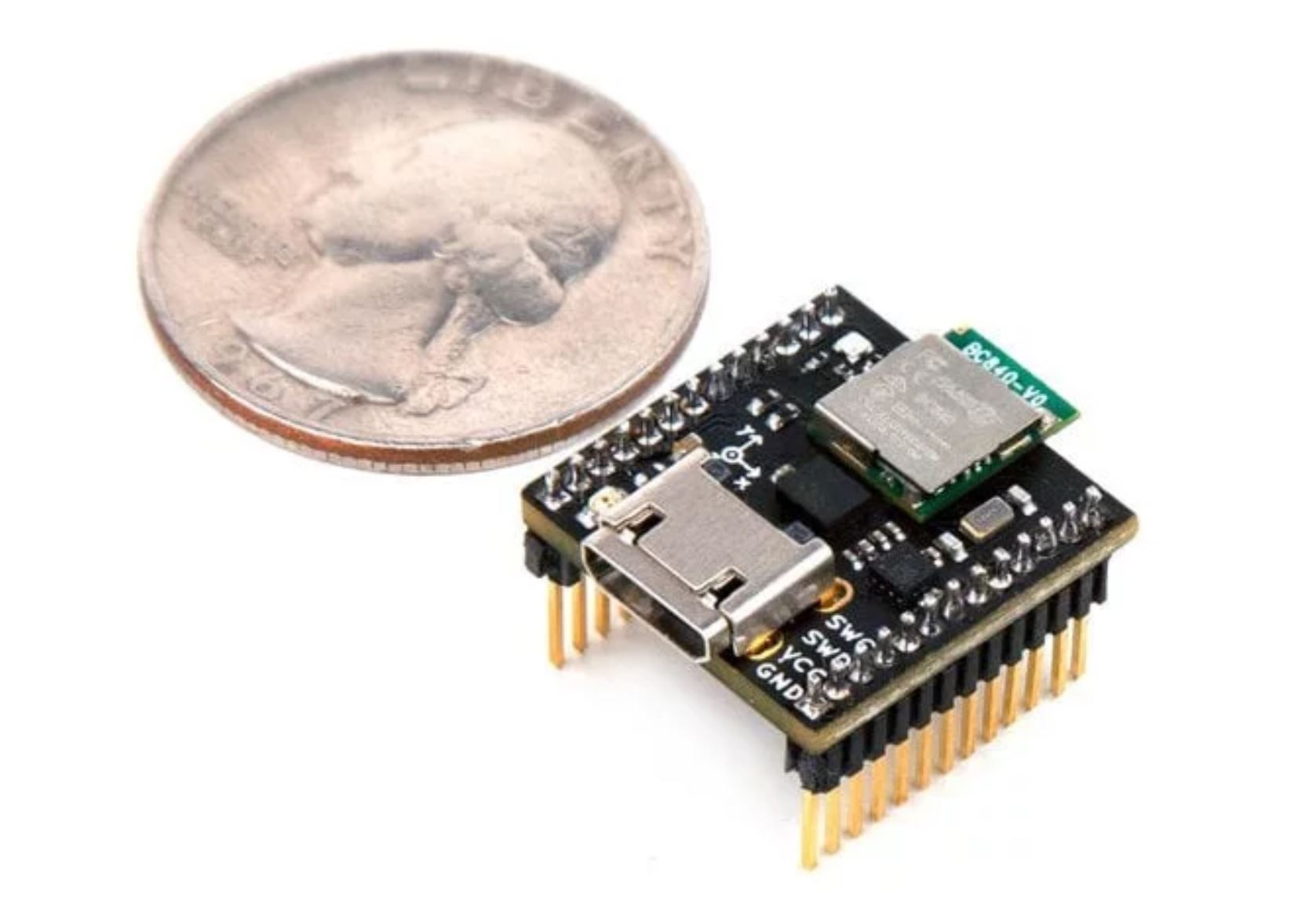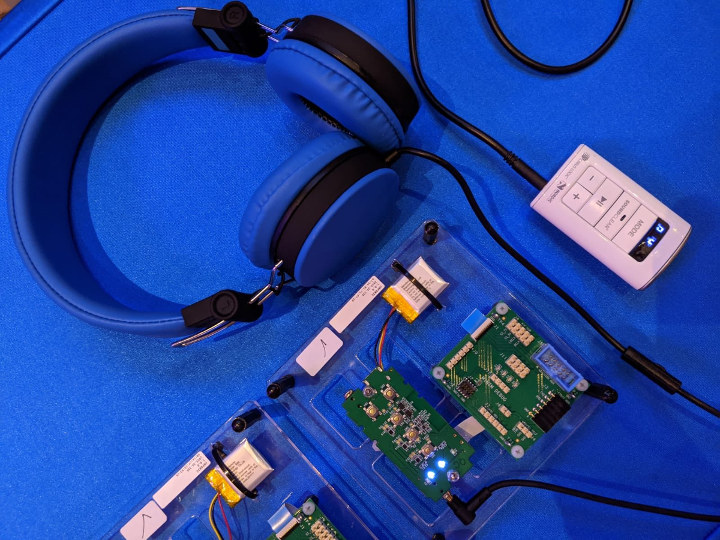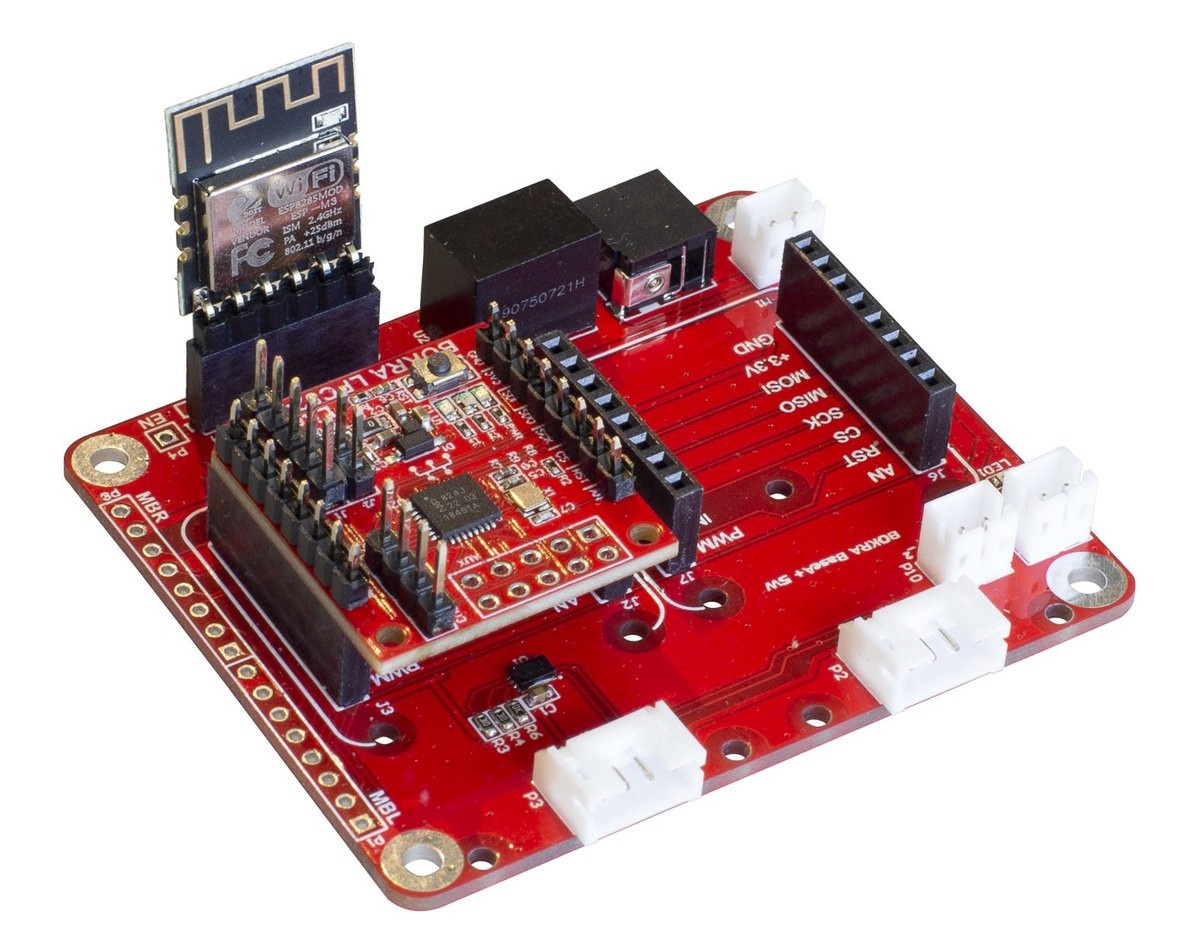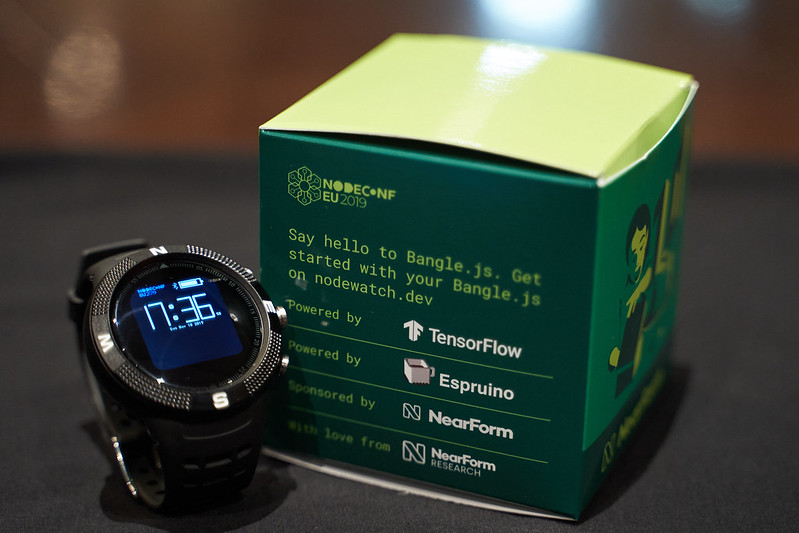Particle’s first cellular M2M module was launched in 2015 when the company was still called Spark IO. Since then they’ve offered new modules and boards supporting recent standards like NB-IoT and/or LTE Cat-M with product likes Boron and E series castellated modules. The company found out that most of their customers used their boards for asset tracking despite many off-the-shelf products already available, and the main reason was the ability to customize the solution. To help their customers, the company has now launched the Particle Tracking System combining a software suite with LTE IoT system-on-module and Tracker One reference product to ease the development and deployment of customized asset tracking solutions. Particle Tracking System is comprised of three main components relying on the existing Particle IoT platform: Particle Tracking Services software suite with geolocation services (mapping and geodatabase), fleet-wide device management, an open device firmware application framework to integrate with […]
Google Pigweed Libraries Streamline Embedded Software Development on 32-bit Microcontrollers
There are many components required for embedded software development, including cross-toolchain, a build system like buildroot or YoCto Project, and debugging tools like OpenOCD. Once you’ve installed those, development involving several steps including building the code, flashing it to the board, and then running the program on the target. Google would like to make embedded software development to be as easy as web development as possible, similar to editing a file and running it in a web browser, so they’ve just released Pigweed open-source collection of embedded-targeted libraries/modules to streamline the development process for 32-bit microcontrollers such as STMicro STM32L452 or Nordic Semi nRF52832. Pigweed aims to help all steps of the process including tools/environment setup, program development, and code submission. Setup consists of running a bootstrap script that will automatically install tools such as Python 3.8, clang-format, and an Arm compiler in a virtual environment in order to leave […]
Nordic nRF52820 Bluetooth 5.2 SoC Supports Thread, Zigbee and Full Speed USB 2.0
Nordic Semi has launched the sixth multi-protocol SoC part of their nRF52 family with nRF52820 Bluetooth 5.2 ultra low power System-on-Chip (SoC) supporting Bluetooth Low Energy (Bluetooth LE), Bluetooth mesh, as well as Thread, Zigbee, and 2.4-GHz proprietary. nRF52820 can handle all Bluetooth 5/5.1/5.2 versions with features such as Long Range, 2 Mbps throughput, direction finding, LE power control, and LE isochronous channels. The SoC also happens to include a Full Speed (12 Mbps) USB 2.0 interface. nRF52820 key features and specifications: MCU Core – Arm Cortex-M4 @ 64 MHz Memory – 32 KB RAM Storage – 256 KB Flash Wireless Connectivity Bluetooth 2 Mbps, 1 Mbps, Long Range Bluetooth Low Energy Bluetooth Direction Finding Bluetooth mesh Thread, Zigbee 802.15.4/ANT/2.4 GHz proprietary Up to +8 dBm TX power Security – 128-bit AES encryption USB – Full Speed USB 2.0 Other Peripherals UART, 2x SPI/TWI, QDEC Analog comparator 4x 32-bit timer/counter, […]
Omnichip Devkit 2 Features Nordic nRF52832 based zGlue ZiP Multichip Module
We first covered zGlue Integration Platform (ZiP) in 2018 when the company introduced its chip-stacking technology with a fitness tracker based on ZGZL1BA ZiP equipped with chips from Dialog Semiconductor, Analog Devices, Macronix, MCube and others. The concept is similar to SiP (System-in-Package), but zGlue claims the costs and lead times are much lower with the technology. Earlier this year, ZiP was back in the news thanks to Antmicro GEM custom RISC-V/Arm ASIC, and today, I was informed about zGlue Omnichip devkit 2 that is equipped with a ZiP of the same name, and that can be used to evaluate the technology. zGlue OmniChip ZiP zGlue OmniChip ZiP is a multichip module with the following ICs (aka Chiplets) and specifications: Nordic Semiconductor nRF52832 Cortex-M4F microcontroller with Bluetooth LE and NFC connectivity Texas Instruments BQ25120AYFPR battery charger, buck regulator Maxim Integrated MAX86140ENP+ optical pulse oximeter Texas Instruments TMP108AIYFFR temperature sensor Bosch […]
Bluetera II is a motion-enabled IoT development board that supports protocol buffers (Crowdfunding)
Tensor Iotera Group (TIG), an Israeli based technology company, has launched a powerful IoT development board featuring motion sensing called Bluetera II and supporting Google Protocol buffers. Bluetera II came from the idea that developing an IoT application shouldn’t be complicated. Hardware is hard, and scaling for manufacturing might also be more daunting than initially anticipated. So instead of going through those troubles, why don’t you go the route of something that works, and most importantly, is scalable, as TIG is advocating with their Bluetera IoT development platform. Bluetera II is the 2nd generation of this IoT platform. The Bluetera II board is equipped with a 9-axis motion sensor, Bluetooth 5 enabled Nordic nRF52840 SoC core, which features an Arm Cortex-M4 FPU, with 1MB of Flash, 256KB of RAM, and lastly, an SDK based on Google’s Protocol Buffer (protobuf) technology. The device can function as a BLE Central (Master) and […]
Bluetooth LE Audio Supports LC3 Codec, Multi-stream & Broadcast Audio, Nordic Semi Evaluation Kit Unveiled
I first heard about Bluetooth LE (Low Energy)- part of Bluetooth 4.0- in 2013 with RFDuino board, and it came to prominence once Android 4.3 added support later this year. Bluetooth LE is using to transmit messages using as little as energy as possible for example to synchronize data between a smartphone and a smartwatch. But if you ever had to transmit audio, you had to rely on Bluetooth Classic which, albeit considering low power, consumes more energy. But you should soon have much longer battery life on your Bluetooth headphone or battery-operated speaker, as the Bluetooth SIG has just announced Bluetooth LE Audio which adds a new codec and support for multi-stream and broadcast audio. The new high-quality, low-power audio codec used in the new Bluetooth standard is called the Low Complexity Communications Codec (LC3). The chart above shows the results of listening tests between LC3 and SBC codecs […]
BOKRA NXP LPC824 and Nordic nRF52832 powered MCU Modules Follow MikroBUS Form Factor
We first wrote about MikroElectronika MikroBUS socket in 2015 while covering an SBC which featured one MikroBUS socket supporting one of the 150 Click boards available at the time. There are now over 700 Click boards to choose from, with the tiny modules offering motor drivers, buttons, short-range connectivity, UART and other interfaces, as well as various sensors. But BOKRA had another idea: developing MCU based systems-on-module following MikroBUS form factor. BOKRA LPC824 Lite module The first of those modules is BOKRA LPC824 Lite with the following specifications: MCU – NXP LPC824M201JHI33 Arm Cortex-M0+ microcontroller @ 30 MHz with 32KB Flash Memory, 8 KB RAM I/O MikroBUS headers with SPI, I2C, UART, PWM, GPIOs 10-pin “Serial” header 4-pin I2C Grove connector for Seeed Studio I2C Grove modules Debugging interface – SWD Misc – Reset button, power LED, 2x user LEDs Power Supply – 5V/500mA via MIC5528 regulator Dimensions – 28.6 […]
Bangle.js is an Hackable, Open Source JavaScript and TensorFlow-driven Smartwatch (Crowdfunding)
Espruino brought JavasScript to the Microcontroller, now Bangle.js is bringing Javascript plus TensorFlow Lite to your smartwatch. There has been some movement by some developers that says that JavaScript should be used for everything, even though I find that idea ridiculous, I still find JavaScript a fascinating language. The NeaForm Research team and Gordon Williams (the brain behind Espruino) have all teamed up in launching Bangle.js Smartwatch. Bangle.js isn’t your ordinary smartwatch, at the heart of it is the open-source ecosystem. JavaScript plus TensorFlow Lite and of course, a cool looking Smartwatch is what Bangle.js is offering. Bangle.js was launched at the recently concluded NodeConf EU conference, and the goal is to bootstrap an Open Health Platform hopefully. NodeWatch is the specific implementation of Bangle.js for NodeConf EU 2019, co-developed by Espruino and NearForm Research. This project has the potential to bootstrap a community-driven open health platform where anyone can […]


